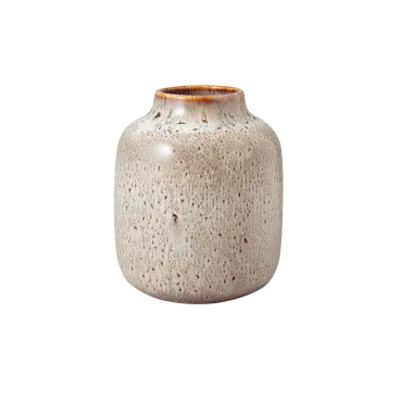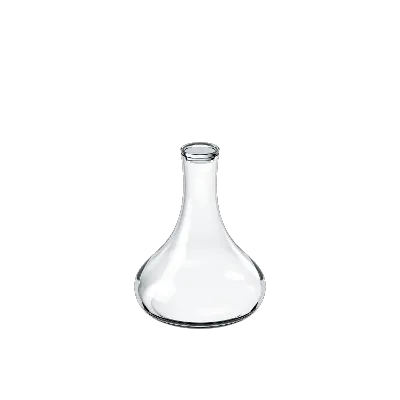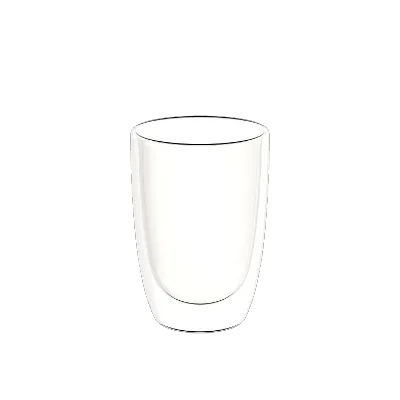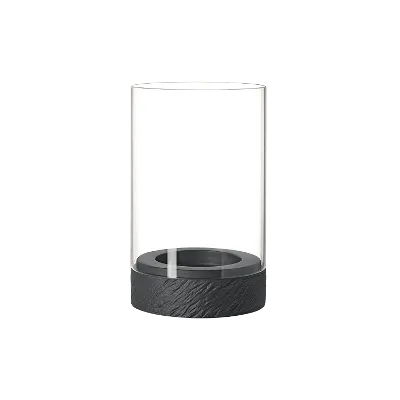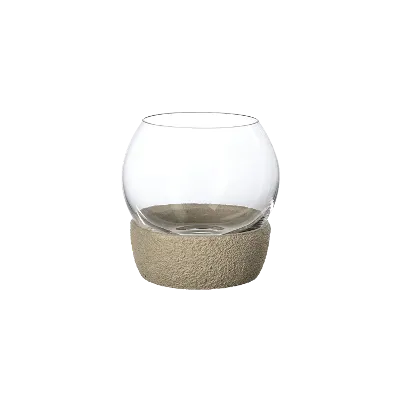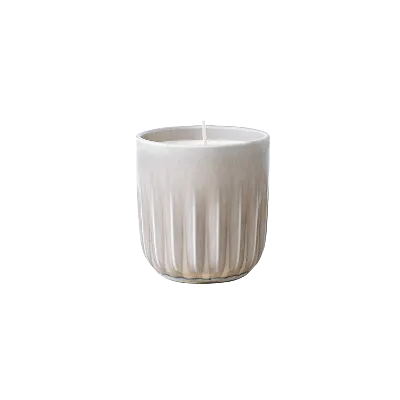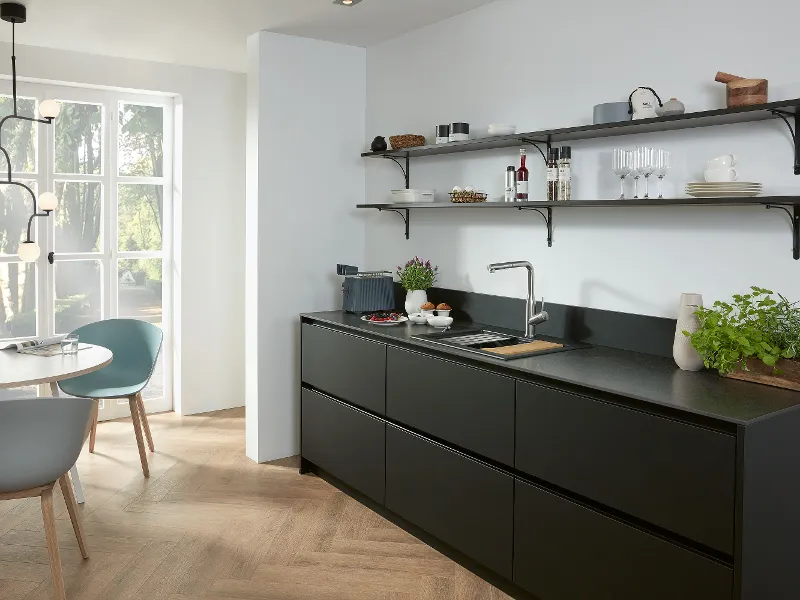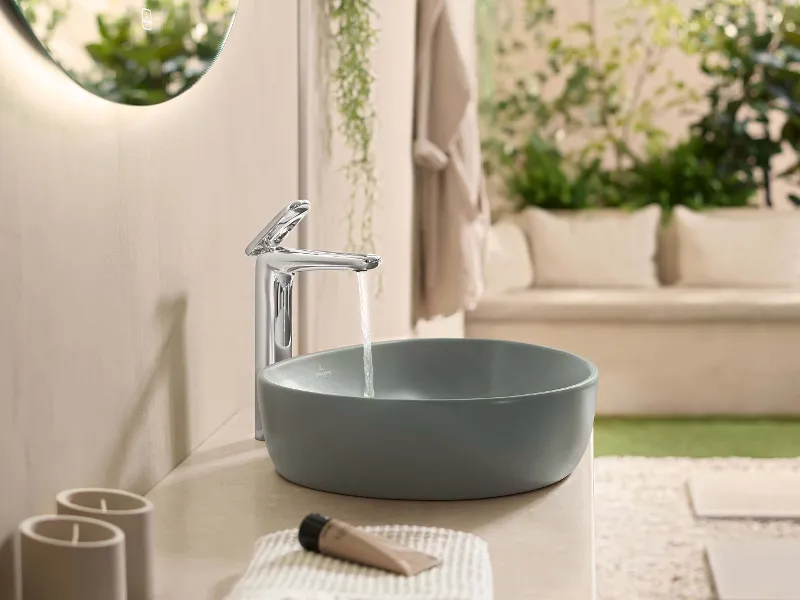Order cut off dates for Christmas Deliveries:
15 Dec for WA, SA & NT | 18 Dec for all other states
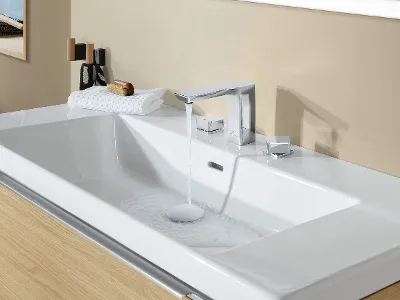
Change-tap-seal
If your tap is dripping, it could be due to a defective seal. Here, we explain how to replace a tap seal and what you need to bear in mind.
Contents
At a glance
What causes a dripping tap?
Where are the seals located on the tap?
How do you replace defective seals on different kinds of taps?
Answers to frequently asked questions about repairing taps.
What causes a dripping tap?
A dripping tap, whether in the bathroom or kitchen, is not a major emergency. However, the constant dripping sound can be unpleasant and quickly become annoying. A lot of precious drinking water – and therefore money – is also lost. Taps can drip for various reasons. Over time, limescale deposits often cause the aerator to calcify, so the tap no longer seals properly or the rubber seals in the taps become brittle.
Also note:
Villeroy & Boch offers a large selection of washbasin, bath and shower taps. These taps are made from high-quality materials and the EasyClean feature makes them very easy to maintain.
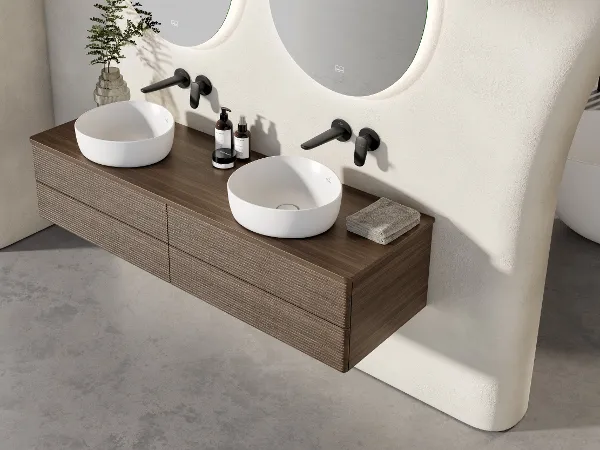
Is there a difference between the seals on taps?
Is your tap dripping and you suspect that it could be the seal? If the seal has become brittle and cracked due to calcification, often the only thing that will work is replacing it. But which size do you need? Here’s the good news: tap sizes are standardised. So you won't have to search long to find the right seal. 3/8 inch and 1/2 inch are the usual sizes for tap seals.
Seals on taps
This is where the seals are located:
• in the valves of single and twin-lever taps
• under the cartridges of single-lever mixer taps
• between the washbasin and tap
• at the ends of the pipes
• at the tap outlet behind the mesh
It is best to keep a set of seals at home, ready for emergencies. Practical sets are available for different taps and come in various sizes, both for single-lever mixer taps and twin-lever taps, as well as for swivel spouts and outdoor taps. This means you’ll be ready able change your tap seal at any time. Of course, you can also purchase seals as and when they are needed.
Do you have a tap with a ceramic seal? If it has calcified, you can usually clean and replace it. If you need to replace a damaged ceramic seal, you can also purchase suitable seals as required.
Tip:
Grease the tap seals with a little tap grease after replacing them. This will increase their service life.
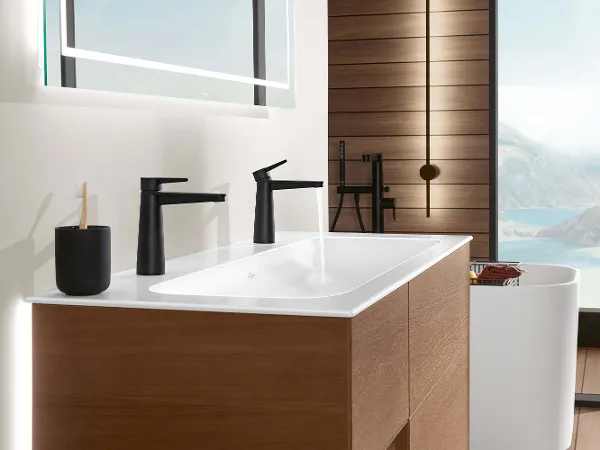
Where is the seal on the tap?
The seals are located at various points on the tap: between the washbasin and the tap, in the valves of single and twin-lever taps, under the cartridge of single-lever mixer taps, at the ends of flexible hoses and sometimes also behind the mesh at the outlet of a tap.
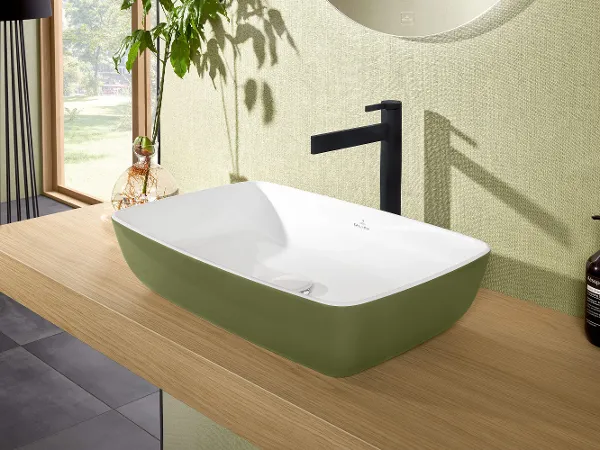
How do you repair a leaking tap?
Do you want to repair a leaking tap? You can find instructions for replacing the seals in the different kinds of taps below:
Single-lever taps
Loosen the screw hidden behind the small, coloured cover and remove the handle from your single-lever mixer tap. On some models, the handle can simply be unscrewed or pulled off. Then use a screwdriver and pliers to loosen the cartridge cover and fastening. You can now replace or clean the mixing cartridge and the tap seal underneath, and then reinsert it.
Twin-lever tap
First turn off the water supply and open both valves so that the pressure can escape from the water pipe. Then unscrew the handles by loosening the cover and the screws in the handles. Now unscrew the exposed valves using an open-end spanner. The dark-coloured seal (tap disc) underneath can now be unscrewed. Depending on its condition, you can replace the twin-lever tap seal or descale it and reinsert it. Before reinserting, remove any deposits from the inside of the tap, rub the seal and valves with a little tap grease and reassemble the tap properly.
Swivel spout
Sometimes leaks occur at the swivel arm of taps, which is usually held in place by a swivel nut. If you loosen this nut, you can remove the swivel arm and replace the swivel spout seal.
Outdoor tap
Is the tap in your garden or on your patio dripping or spraying? Then you should replace the outdoor tap seal. First check which seal it is: large or small O-ring or tap disc. Turn off the water supply and remove the tap. Then remove the damaged seal and replace it with a new one. Finally, clean all components carefully and refit the tap.
Please note:
If you are not confident that you can repair your taps yourself, we recommend hiring a tradesperson who will be able to do the job properly and professionally.
Frequently Asked Questions
Questions often arise in connection with the repair of taps. If a tap is dripping, it is not always necessary to completely replace any individual parts. Sometimes cleaning the relevant parts is enough. Below you will find the answers to some frequently asked questions about repairing taps.

All about your personal spa bathroom
Discover modern bathroom ideas – including cleaning tips and exclusive benefits delivered straight to your inbox.
As a welcome gift, you will also receive a 10% discount on your first order of Dining & Lifestyle products.[0]


